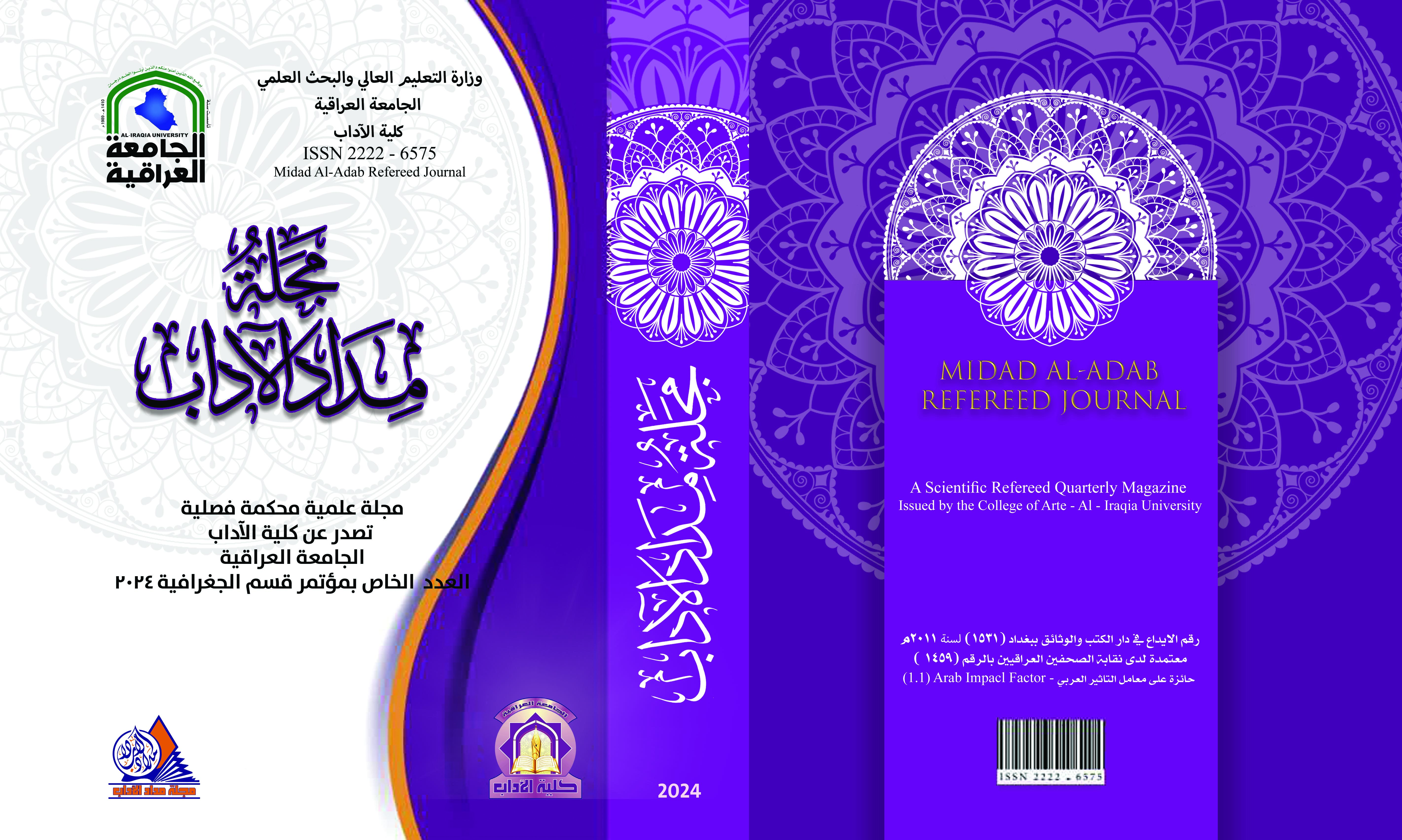Integration of modern technologies and artificial intelligence in improving water harvesting in Wadi Abu Al-Debs in northern Anbar Governorate
DOI:
https://doi.org/10.58564/ma.v14iالعدد%20الخاص%20بمؤتمر%20قسم%20الجغرافية.1446Keywords:
Keywords: surface runoff, water harvesting, Wadi Abu Debs, remote sensing, geographic information systems.Abstract
The research dealt with studying the mechanisms for choosing appropriate sites for water harvesting, due to the great importance of the region in which the Wadi Abu Al-Dibs basin is located in the north of Anbar Governorate, especially since it is an area characterized by drought due to the fluctuation of its rainfall amounts from one season to another, the study relied on choosing watershed sites according to the American (SCS - CN) soil conservation hypothesis to accurately estimate the volume of surface runoff, through a set of data represented by land cover, land uses, hydrological soils, and soil moisture to find the relationship between them to measure the nature of the valley’s surface according to the distinction between the levels of water seepage into the soil, based on the Geographic Information Systems (GlS) environment and remote sensing techniques and the capabilities of the (Arc Map 10.8) program, where the values of (CN) that ranged between (55 - 91) showed that it has high surface runoff, after that, the depth of the surface runoff (Q) was estimated, and then the volume of annual surface runoff (QV0) was estimated, which reached its highest value (53,921,957 m3), and its lowest value (154,537 m3). The study concluded that the three best suitable sites for constructing small dams within the Wadi Abi Debs watershed basin were determined according to the topography of the region and the results of the (SCS - CN) method.
Downloads
Published
Issue
Section
License

This work is licensed under a Creative Commons Attribution-NonCommercial-NoDerivatives 4.0 International License.








